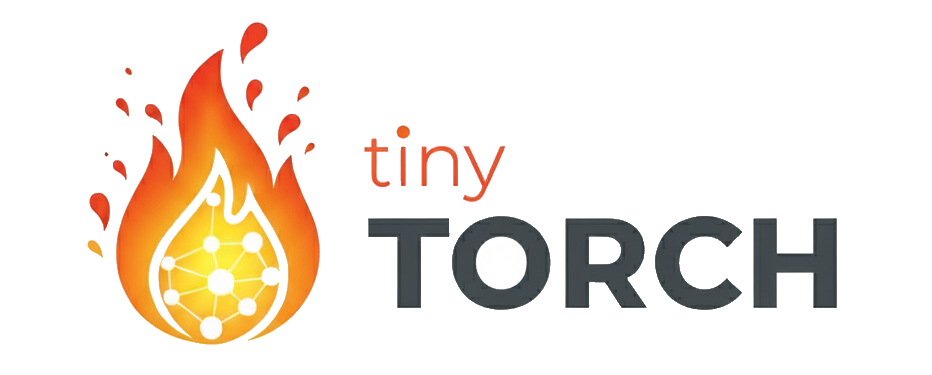11. Tokenization#
Module Overview
Text processing systems that convert raw text into numerical sequences for language models.
What You’ll Build#
In this module, you’ll implement the fundamental text processing systems that enable language models to understand human text:
Character-level tokenization with special token handling for basic text processing
BPE (Byte Pair Encoding) tokenizer for efficient subword unit representation
TokenizationProfiler for analyzing performance characteristics and bottlenecks
OptimizedTokenizer with cache-friendly text processing patterns
Learning Objectives#
ML Systems Focus
This module emphasizes text processing pipelines, tokenization throughput, and memory-efficient vocabulary management.
By completing this module, you will be able to:
Implement character-level tokenization with special token handling for basic text processing
Build BPE (Byte Pair Encoding) tokenizer for subword units that balance vocabulary size and sequence length
Understand tokenization trade-offs between vocabulary size and sequence length optimization
Optimize tokenization performance for production text processing systems
Analyze how tokenization affects model memory usage and training efficiency
Systems Concepts#
This module covers critical ML systems concepts:
Memory efficiency of token representations and vocabulary storage
Vocabulary size vs model size trade-offs in production language models
Tokenization throughput optimization for high-volume text processing
String processing performance and cache-friendly access patterns
Text processing pipeline design for scalable language model serving
Prerequisites#
Module 02 (Tensor): Understanding of tensor operations and data structures
Time Estimate#
4-5 hours - Comprehensive implementation with performance optimization and systems analysis
Getting Started#
Open the tokenization module and begin implementing your text processing pipeline:
# Navigate to the module
cd modules/11_tokenization
# Open the development notebook
tito module view 11_tokenization
# Complete the module
tito module complete 11_tokenization
Next Steps#
After completing tokenization, you’ll be ready for:
Module 12 (Embeddings): Converting tokens to dense vector representations
Production Context#
Modern language models like GPT-3 use sophisticated tokenization strategies with vocabularies of 50,000+ tokens. Understanding how to build efficient tokenizers is essential for:
Preprocessing text at scale for training large language models
Optimizing inference speed by reducing sequence lengths through effective subword encoding
Managing memory usage in production language model serving systems
Handling multilingual text with robust encoding strategies
Your tokenization implementations form the foundation for all text-based ML systems in the TinyTorch framework.
